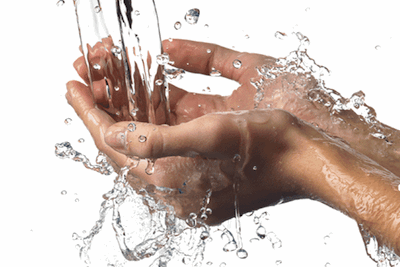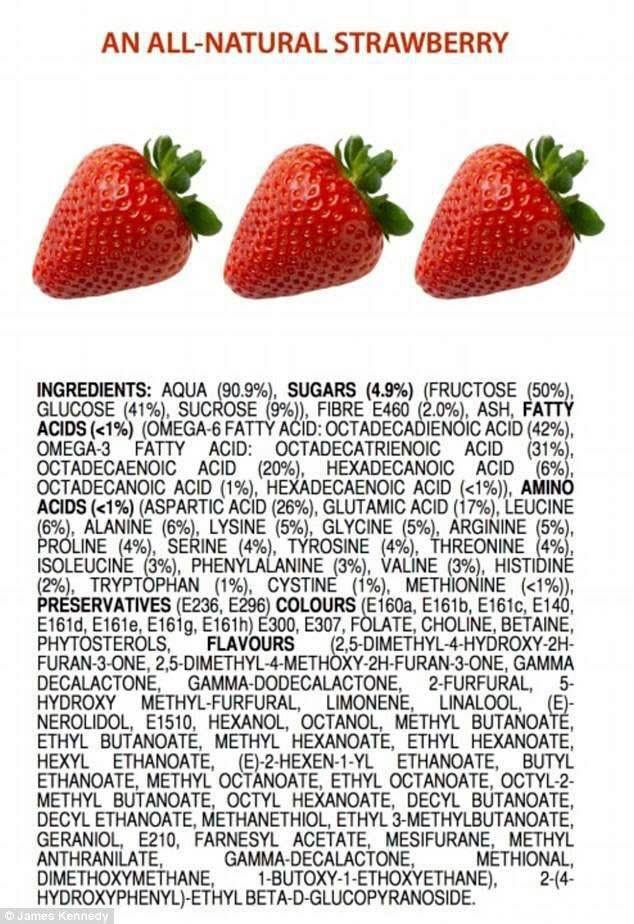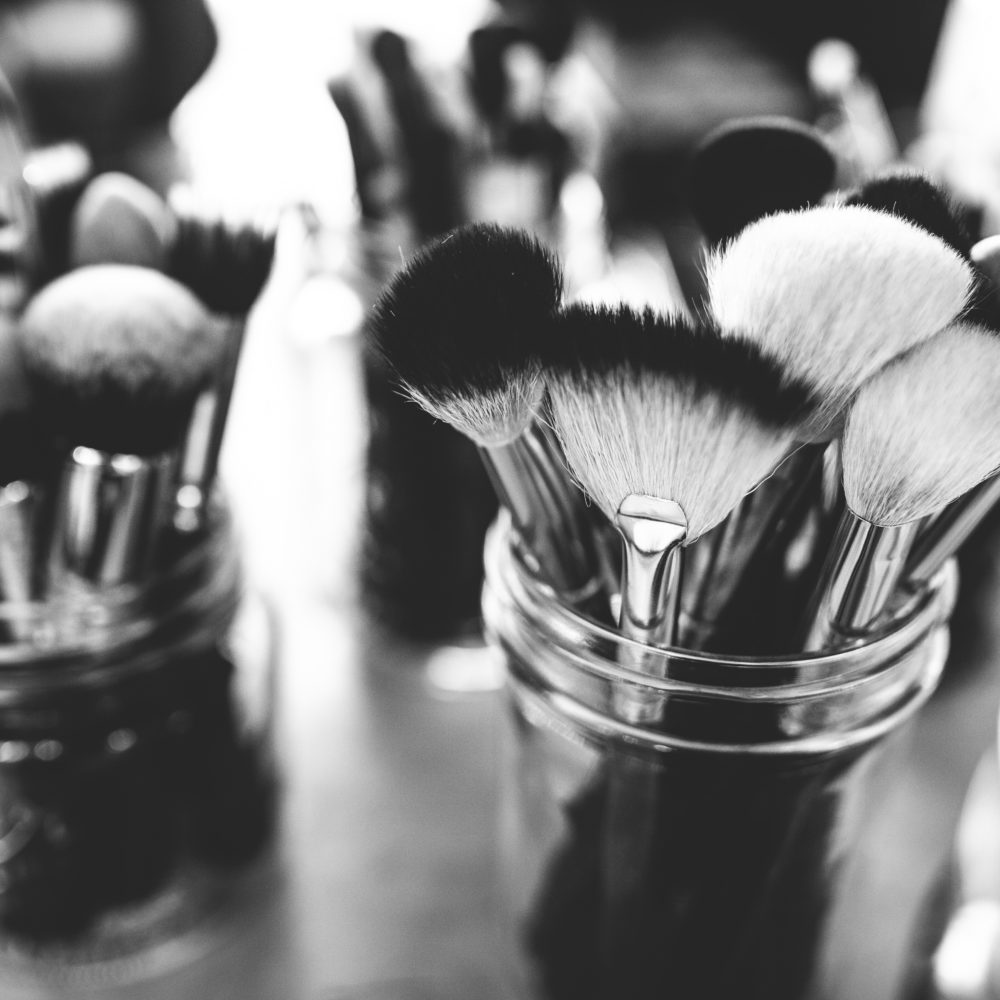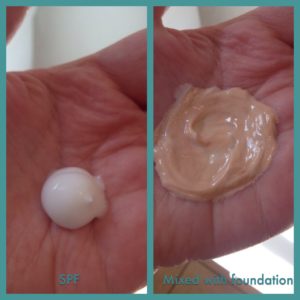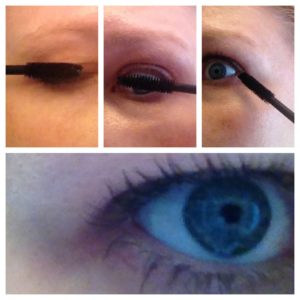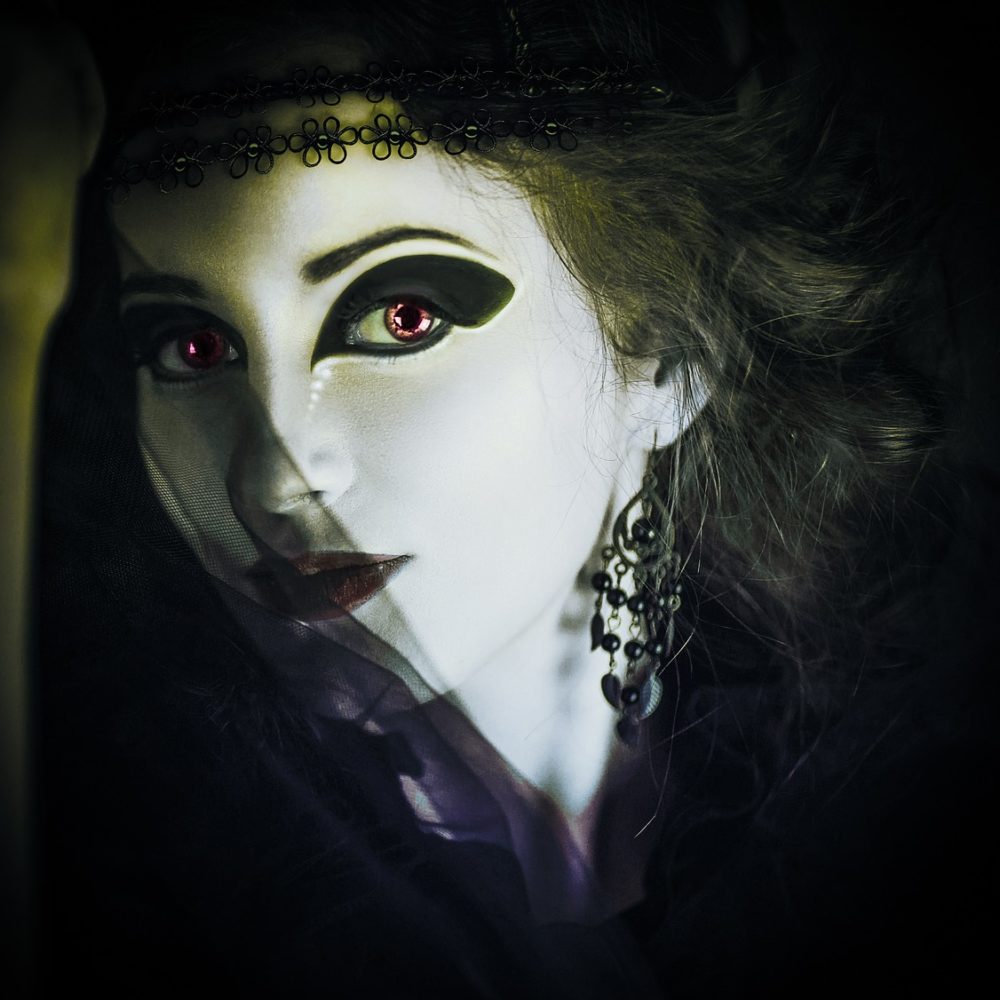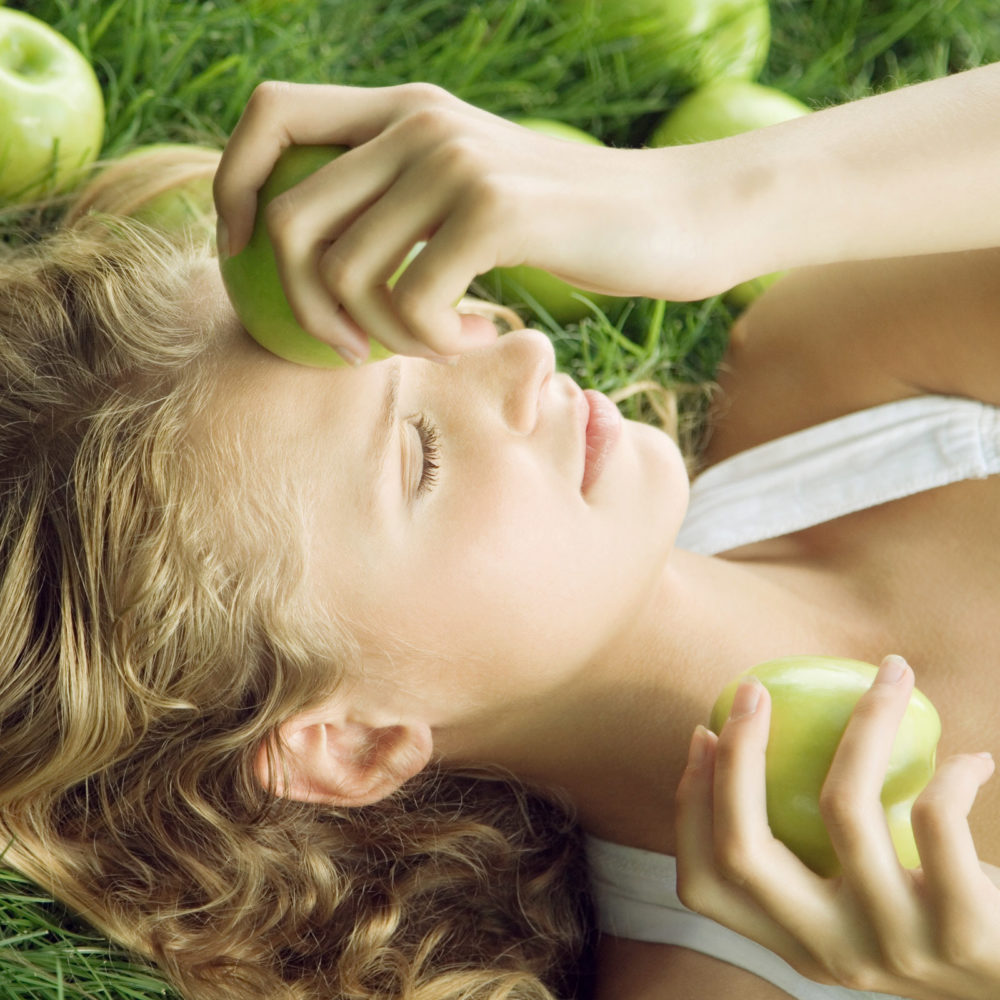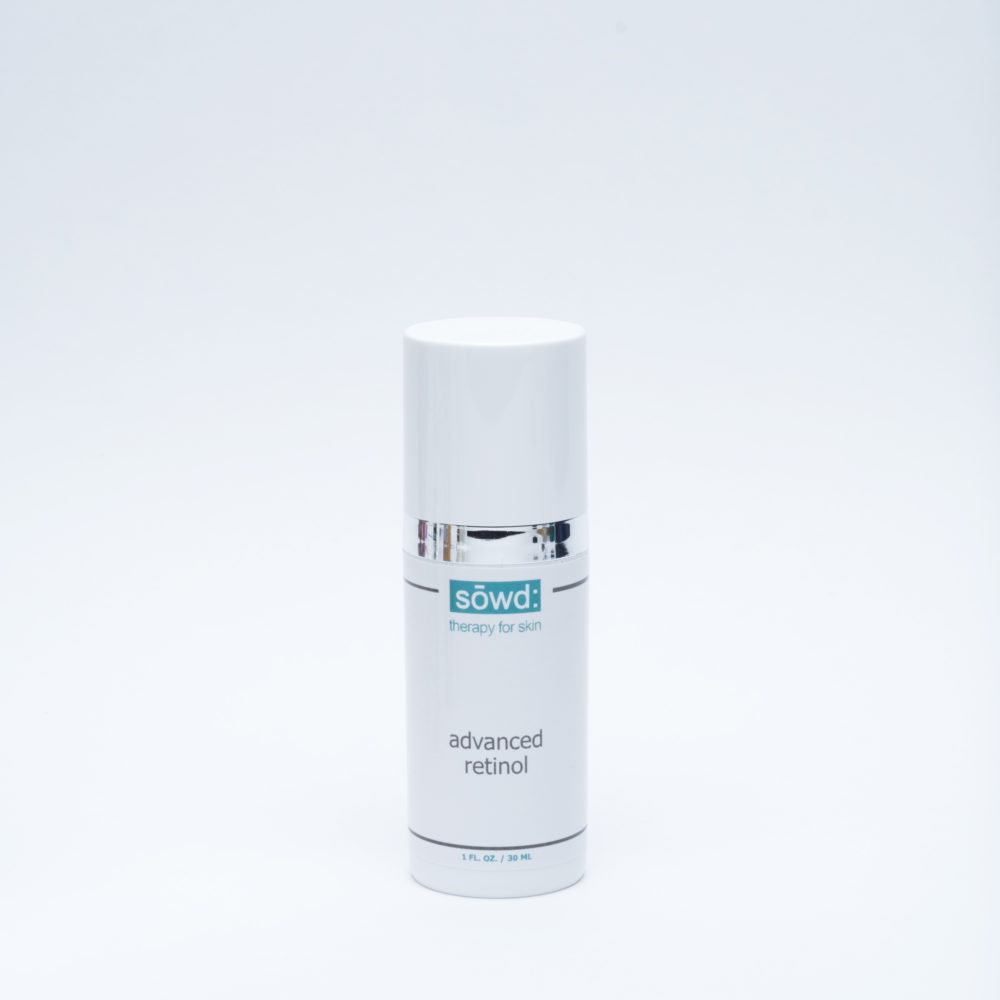First off, I should admit, I am a coffee junkie. Not only do I love it; the taste, the smell, the ritual; most days I can’t function without it. I start the day with 1-2 cups of French Press then continue with an afternoon latte.
I know skin care professionals that force their clients to cut back or eliminate coffee from their diet for the sake of their skin but I am not one of them! A few weeks ago, I started to wonder, is coffee really bad for your skin? I know caffeine causes dehydration, I try to work an additional 8 ounces of water into my day for each cup of coffee I consume to balance this effect. When applied topically, coffee berries are a potent antioxidant and beneficial for healthy skin. Caffeine dehydrates skin cells by energizing them, causing them to release sodium, potassium and water, which makes skin appear smoother so it is often use in cellulite treatments and eye creams.
Ground coffee beans can be added to an oil base to make a natural body scrub that also reduces the appearance of cellulite. Try this simple scrub at home with your leftover coffee grounds:
Coffee Body Scrub
- 2 cups leftover coffee grounds
- 1/2 cup brown sugar
- 1 tablespoon Jojoba Oil
Mix all items together in a bowl.
Apply liberally to your body while bathing or showering concentrating on rough patches and bumpy skin. Rinse well.
Recent research has shown coffee might have skin cancer-preventing properties; an experiment performed on mice showed that, when combined with exercise, caffeine boosted the mice’s natural defenses against UV rays by an unbelievable 400%. The evidence examined in this particular experiment is a process called apoptosis, by which the body gets rid of damaged and cancerous cells by killing them off. Researchers in Seattle performed a similar experiment, on cultured human skin cells; after placing the cells in a caffeine bath and exposing them to UV rays, they found that the caffeine killed the cells that had been damaged. There’s a very real possibility that caffeine in coffee might prevent the spread of skin cancer by killing damaged cells before they have a chance to become cancerous.
Caffeine does have a negative effect on severe acne, increasing the swelling and severity of cysts. The physiological reaction is described in detail here but even this article goes on to say that moderate coffee consumption as part of a balanced diet is not going to cause acne.
Here’s what Dr Weil recently said on the subject of coffee consumption.
All things considered, I refuse to give up my coffee habit, it isn’t harming my skin and may, in fact, be keeping me healthier in the long run.





